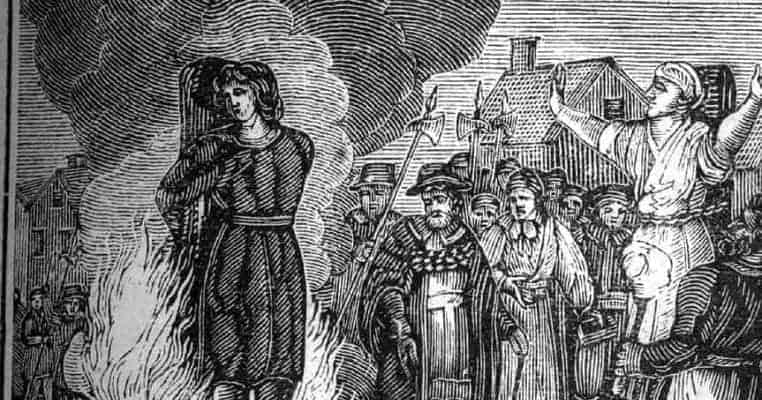Few would be surprised to learn that we live in an often bizarre and strange world. Historically speaking, however, there is relatively little new. The specific details of the bizarreness and strangeness might change over the years, but history has no shortage of weird events that would have made contemporaries go “WTF?!”, the same as us today.
Following are ten such WTF details about historical events.
Electric Massagers Were Invented as Vibrators To Cure Women of ‘Female Hysteria’
“Men are from Mars, women are from Venus“, is a cliche often tossed out as a shortcut for expressing the notion that men and women are incomprehensible to one another. However, if there was any period in history when reality actually matched the cliche, it was probably during the Victorian Era. Back then, people – particularly men – understood very little about female sexuality.
In the late 19th century, women who exhibited a variety of symptoms such as depression, fatigue anxiety, or loss of sexual appetite were diagnosed with “female hysteria”. The prescribed medical treatment was a pelvic massage to bring about a “female paroxysm” – Victorian speak for “orgasm”. A doctor would insert his fingers inside a patient’s vagina, and manually massage her vulva and clitoral region until she had an orgasm, which would supposedly cure whatever was ailing her.

In short, female orgasms were viewed as medical oddities, and the province of professional physicians who induced them in order to calm down “hysterical” women. To be fair to Victorians, they did not invent such treatments to combat “female hysteria”. That diagnosis dates all the way back to Hippocrates, circa 450 BC, and it persisted throughout the Middle Ages. However, the late Victorians can be credited with picking it up and running away with it.
The late 19th century’s medical community believed that there was a female hysteria epidemic, with some leading physicians estimating that 75% of women in the US suffered from the malady. However, the cure of inducing “female paroxysm” in patients was a time consuming task. It was difficult to teach and learn, doctors complained that it often took an hour or more, and many suffered wrist fatigue – carpal tunnel syndrome, as we would call it today. Some turned to mechanical vibrators, and the first steam-powered vibrator, fueled by shoveling coal into a furnace, was invented in 1869. However, such vibrators were bulky and cumbersome contraptions, some as big as a dining room table.
Enter Hamilton Beach, the makers of kitchen appliances such as coffee makers, toasters, and blenders. In 1902, they marketed the “Try New Life”, the world’s first commercially available vibrator. However, because of the conventional mores of the day, the devices could not be advertised for what they actually were. Instead, they were marketed as “electrical massagers” to ease sore and aching muscles. Some people probably did buy them for that purpose. However, it was very much a wink-wink-nudge-nudge situation. The devices were marketed to women, the overwhelming majority of purchasers were women, and it was common knowledge what vibrators were for.

